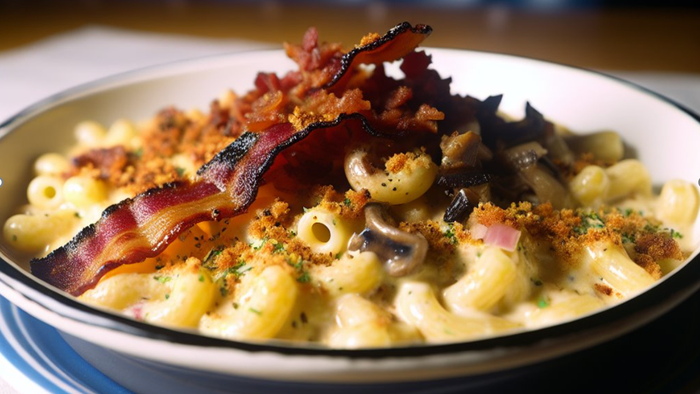Cooking Oil Safety: Preventing Accidents in the Catering KitchenCooking Oil Safety: Preventing Accidents in the Catering Kitchen
July 1, 2024

Cooking oil is a staple in catering kitchens. Unfortunately, it is also one of the leading hazards. Business owners, managers and staff should learn its dangers to understand how to prevent on-the-job accidents and injuries.
Cooking oil Is a significant catering kitchen hazard
While cooking oil often catches fire due to negligence or mishandling, it also spontaneously ignites when it crosses a temperature threshold. For instance, while canola oil auto ignites at 795˚ F, vegetable oil autoignition occurs at 763˚ F.
This liquid is one of the leading hazards in commercial and catering kitchens. In fact, deep fryers cause 21% of restaurant fires in the United States and the United Kingdom. Despite this fact, many caterers are unaware of the dangers this highly flammable liquid poses.
Tips for using, handling and disposing of cooking oils
Business owners must ensure they pass these lesser-known safety tips on to their catering team to minimize kitchen accidents and workers’ compensation claims.
Be alert for smoking cooking oil
Oil smokes before it catches fire. While the smoke point of unrefined sunflower oils is 225˚ F, canola oils can reach 400˚ F before smoking. Caterers should know the temperature differences between types and stay alert for overheating signs. Crucially, they must avoid inhaling the fumes since they may be harmful.
Contain and clean spills and splatter
Water instantaneously vaporizes—turning into superheated steam—when it touches hot oil, causing splatters. Depending on the severity and fill level, this reaction may cause overflows, creating slip-and-fall hazards. If the liquid touches a heating element, it could start a kitchen fire. Catering professionals should clean up splatters and spills as soon as it is safe to do so.
Use a wet chemical extinguisher
Standard dry powder fire extinguishers are ineffective against cooking oil fires. If business owners don’t have a wet chemical extinguisher in their catering kitchen, they should get one. Once sprayed, they form a layer on top of the liquid to prevent oxygen from feeding the fire. Employees should be instructed to maintain a safe distance to prevent accidental inhalation.
Dispose of cooking oils properly
Disposal is just as crucial for safety as proper use and handling because improper methods can block drains and result in fire hazards. While catering kitchens can store their waste in containers, they need a professional grease collection service if they produce over 500,000 gallons of used oil annually.
Safety precautions to follow when using cooking oil
Catering professionals must never leave their fryers turned on and unattended—especially if they’re actively frying something—since it only takes a few minutes for the flammable liquid to splatter, smoke or ignite. Constant supervision may be tedious, but it ensures the safety of the kitchen and its staff.
Employees should take personal protective equipment requirements very seriously, as failing to do so can result in bodily injuries. Crucially, oil often burns worse than substances like water because it is more viscous and its temperature is typically much higher. Heat-resistant gloves, non-slip shoes, and goggles are essential.
Before transporting, the fryer’s liquid must cool. While it takes only a few minutes to heat up, it typically needs at least two hours to cool down. Since closing staff may feel inclined to rush this process to clock out on time, management should routinely stress the importance of proper handling by discussing the health-related consequences of negligence.
Prevent accidents in the kitchen by prioritizing safety
Cooking oil accidents are entirely avoidable with proper protocols and compliance with safety procedures. If staff wear personal protective equipment, follow equipment manufacturers’ instructions and use caution whenever near fryers, they can protect themselves and their workplace.







